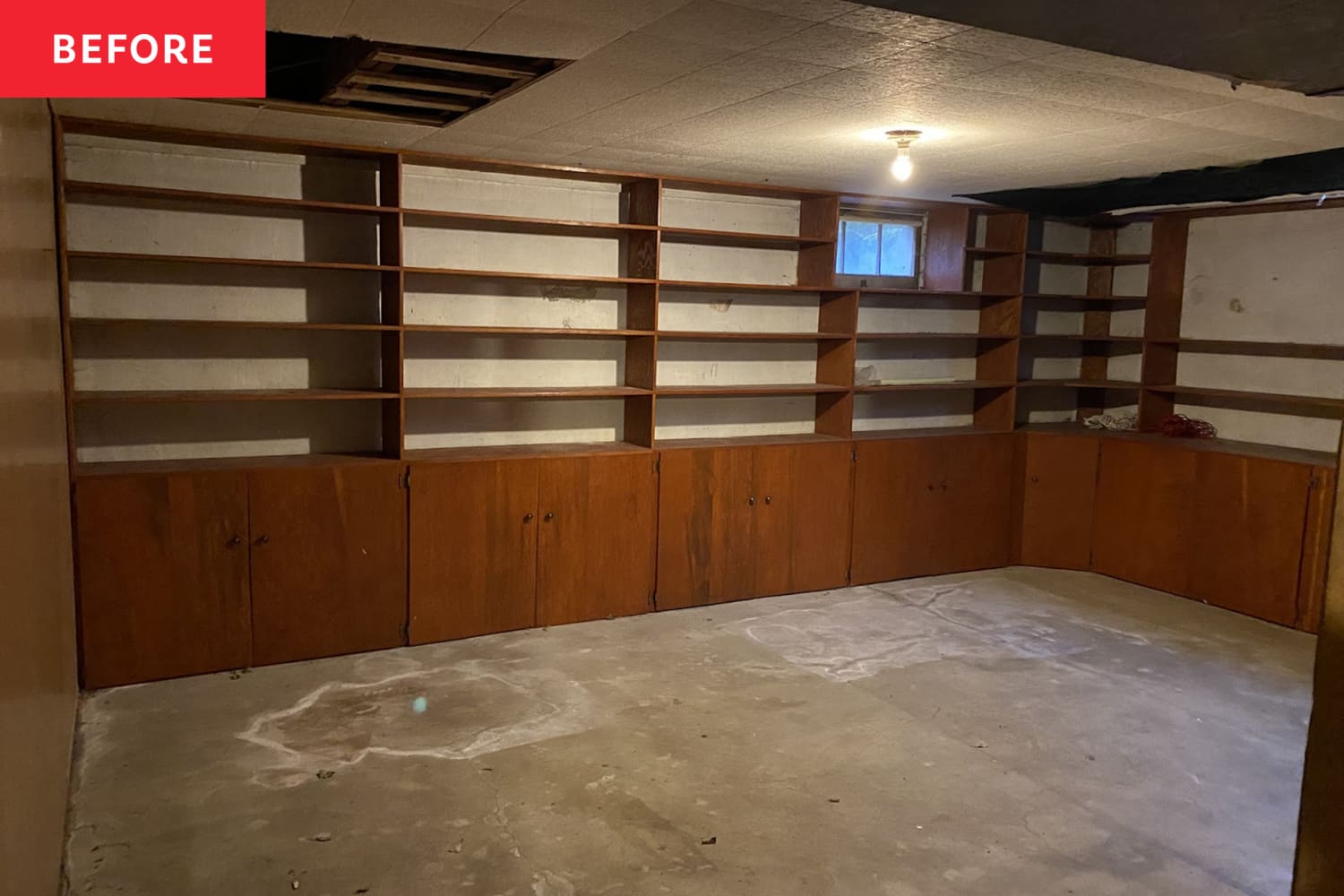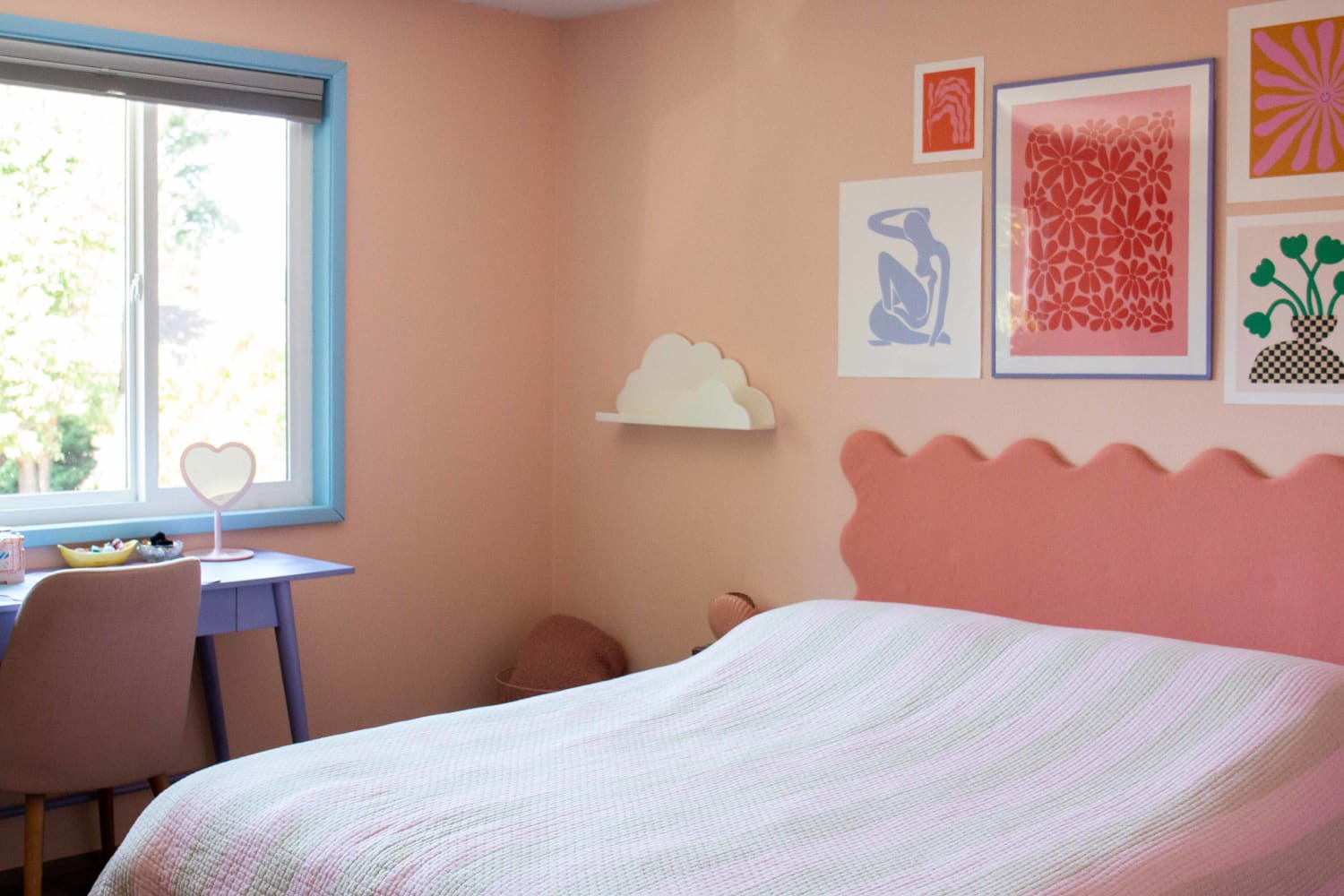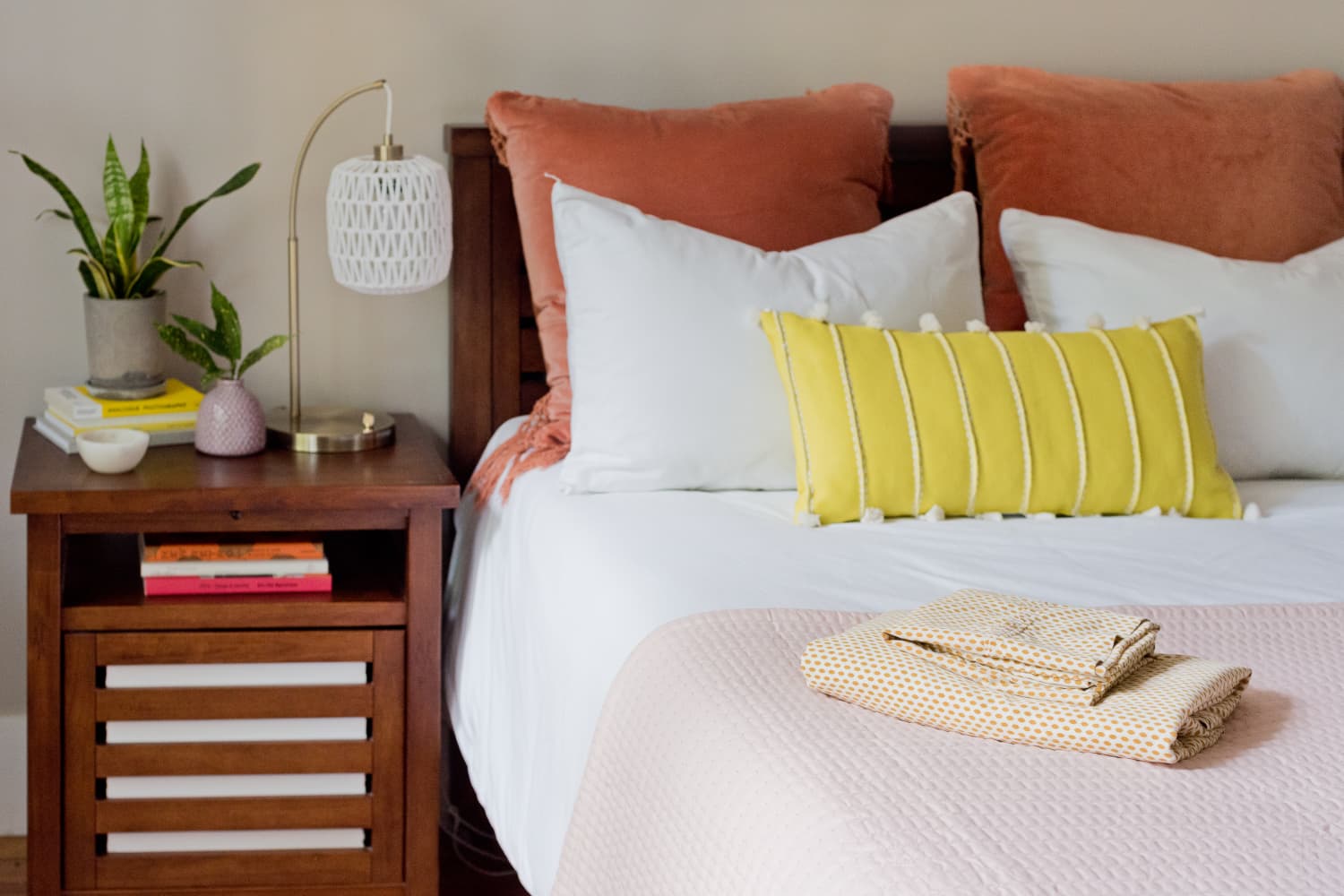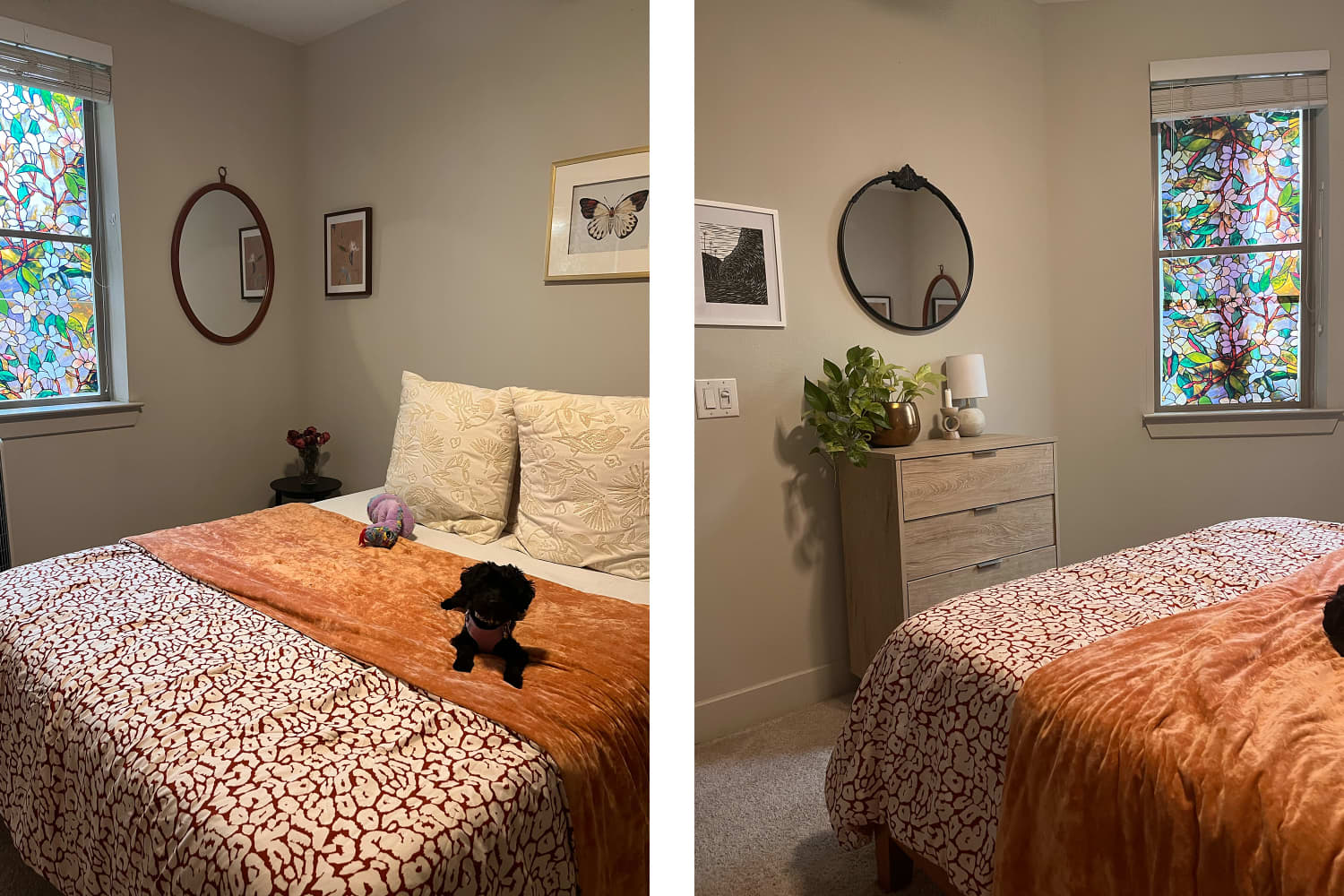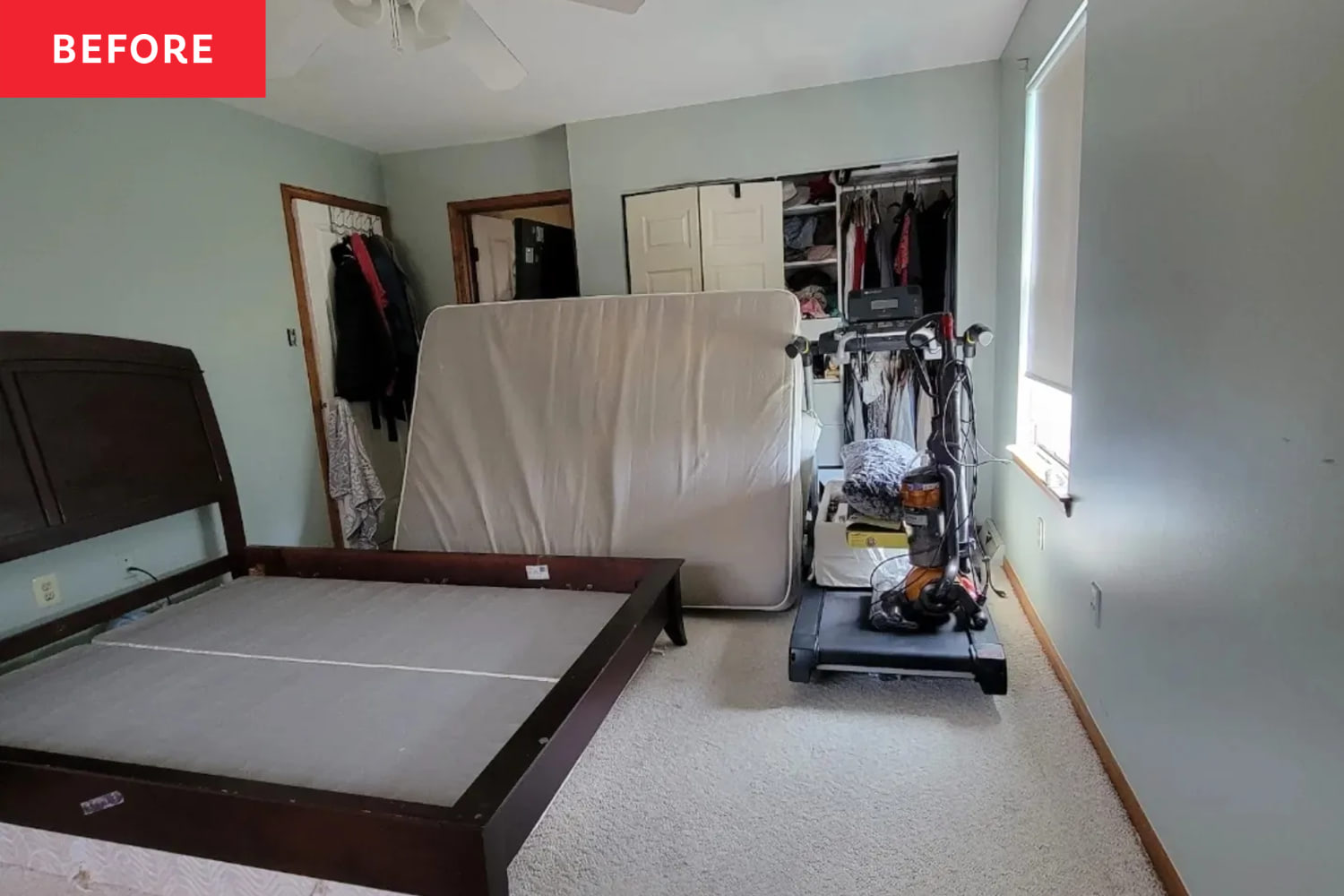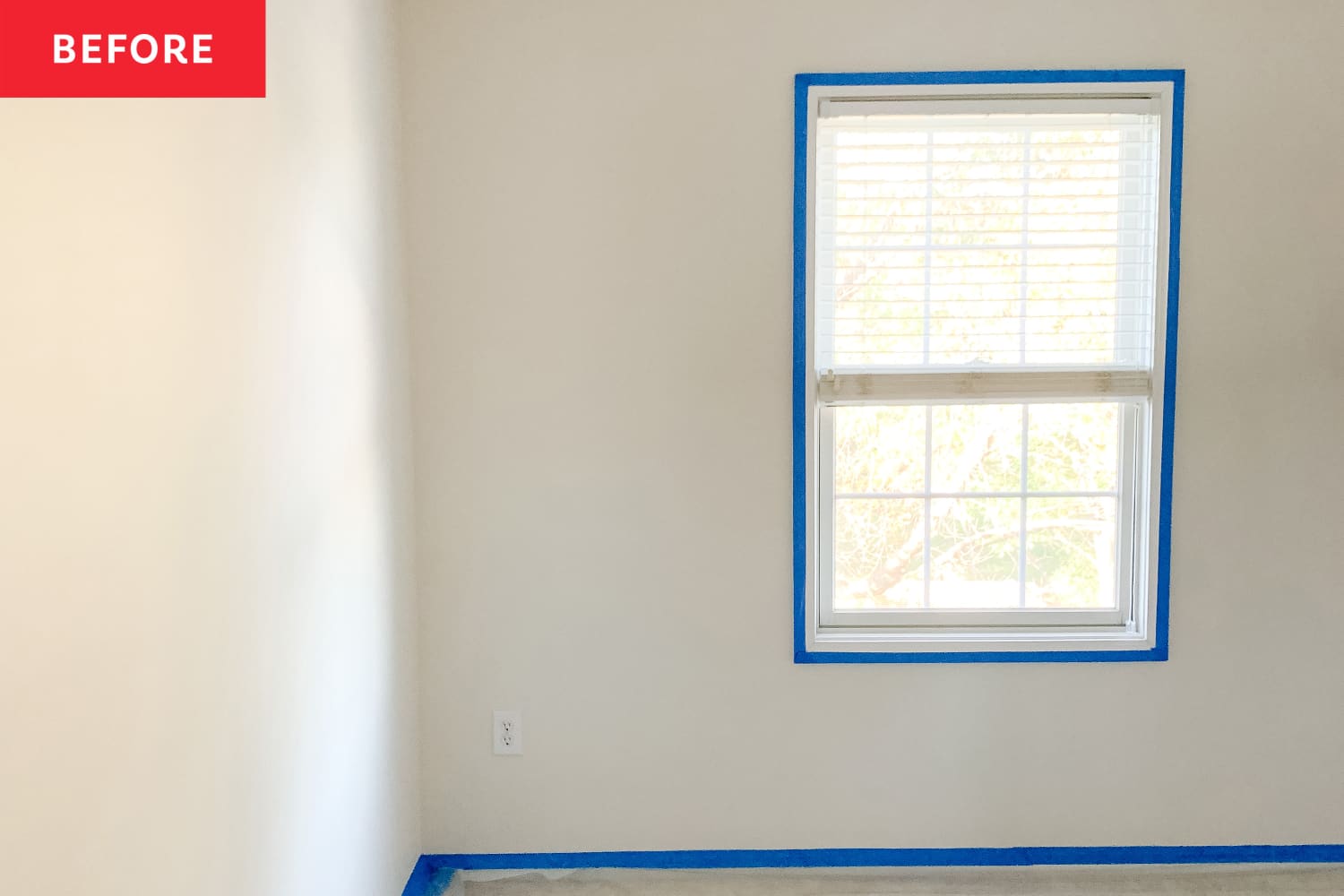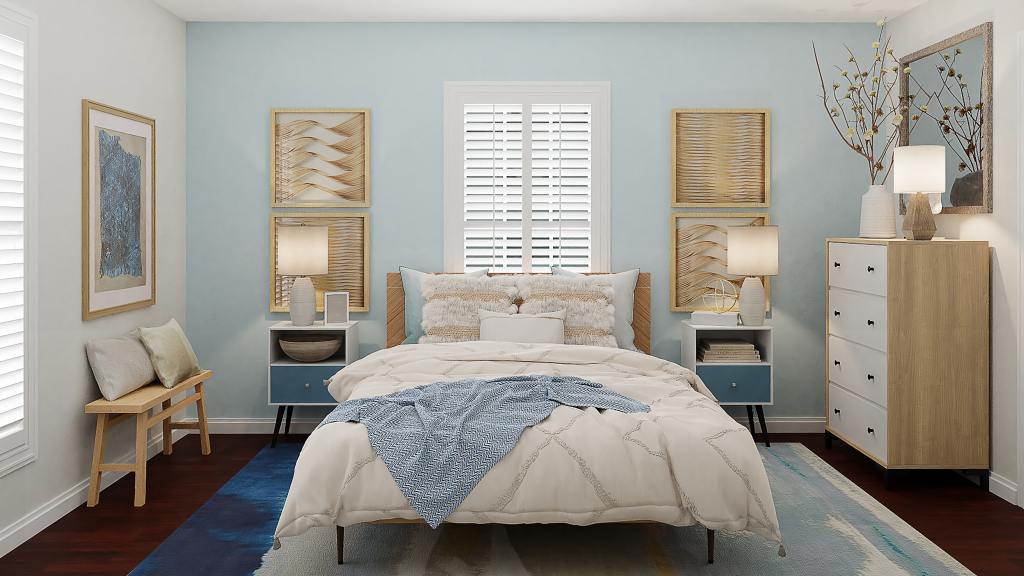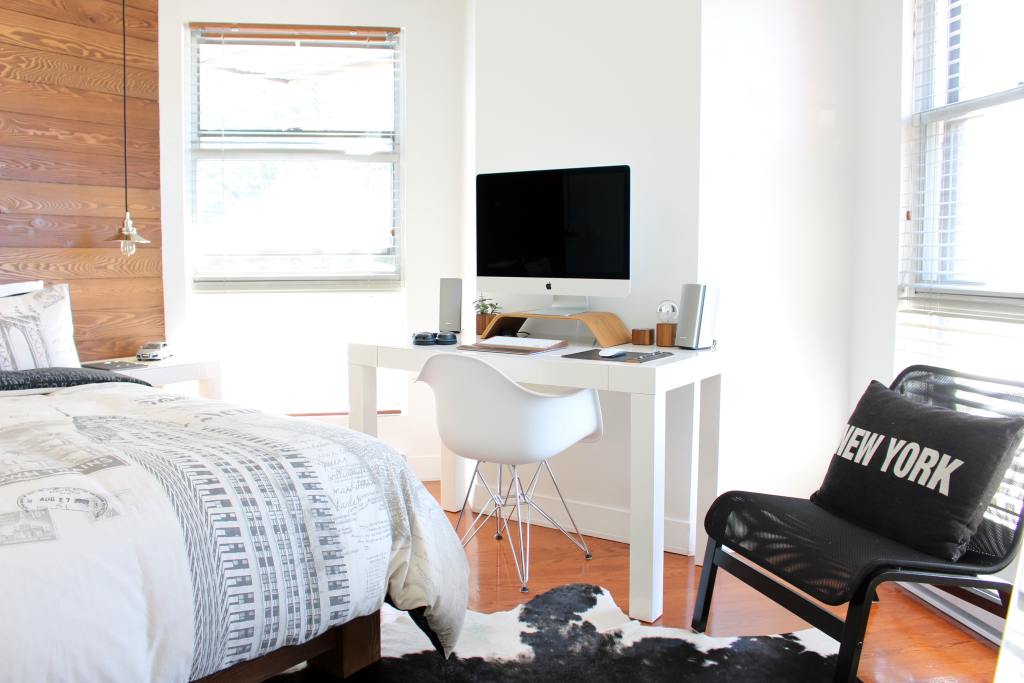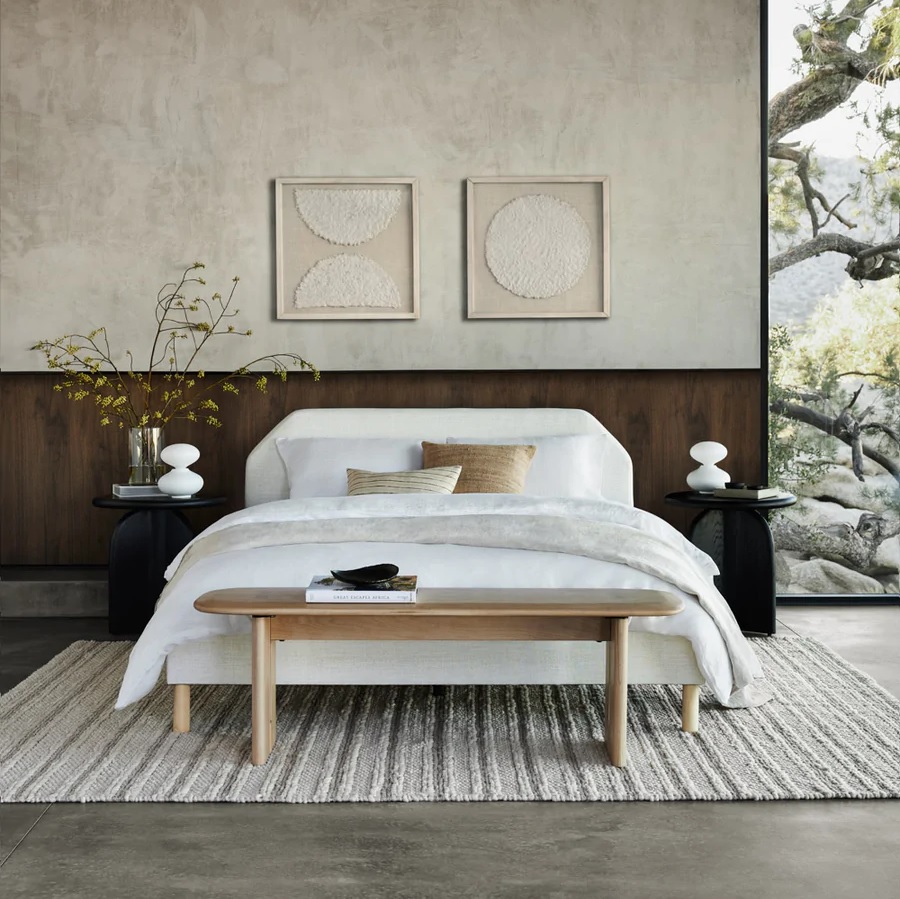B&A: A Dingy Basement Becomes an Elegant Bedroom— with a Surprising Paint Choice
We independently select these products—if you buy from one of our links, we may earn a commission. All prices were accurate at the time of publishing. If you’re lucky enough to have a basement in your home, you know how valuable that extra space can be. And you know just how dark and dreary that … Read more
